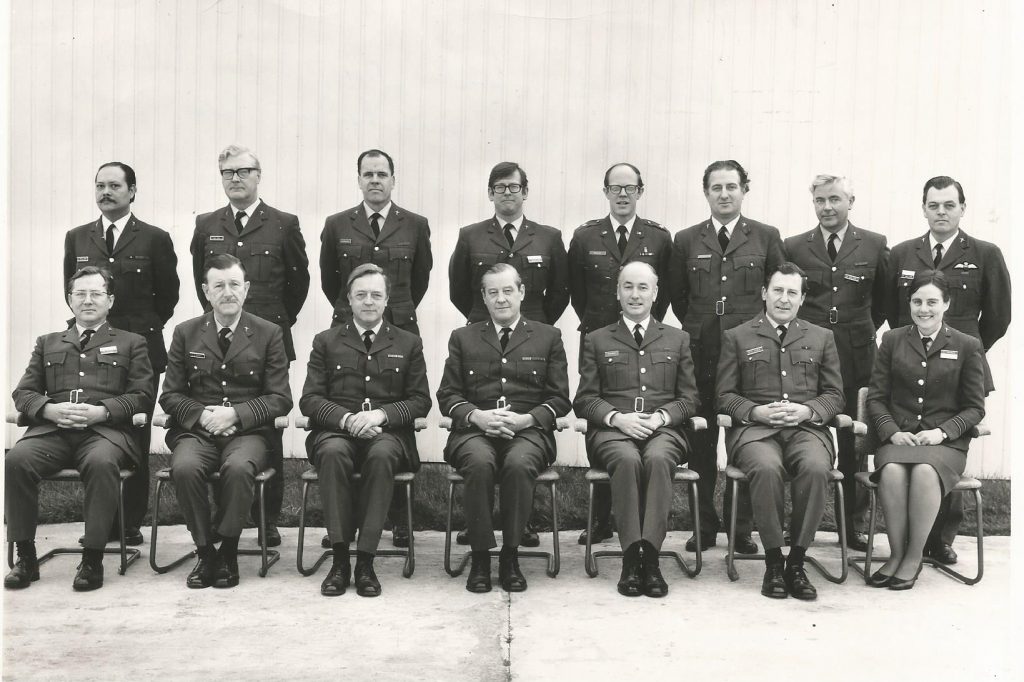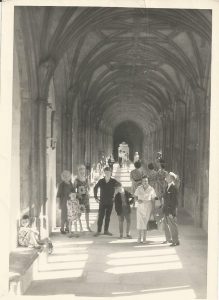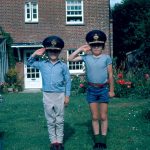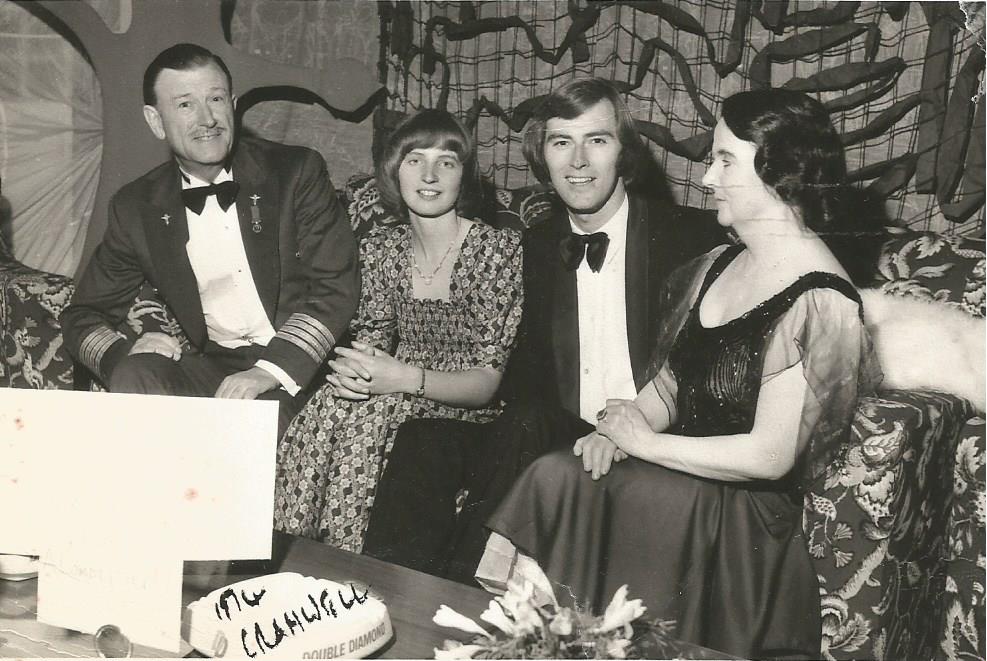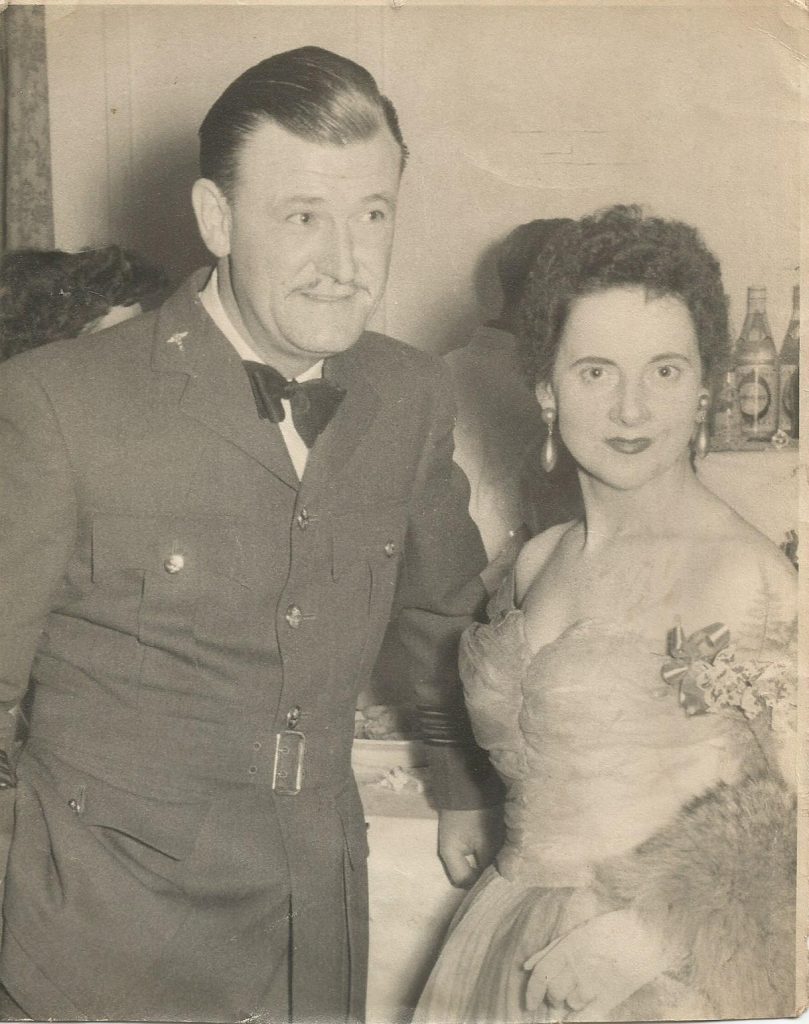Jim Henry - A lifetime's odyssey
RAF Career
Jim joined the RAF as a Squadron Leader just after the war. He served in parts of Africa and several places in the Middle East. When he retired in the 1970s, he’d reached the rank of Group Captain.
RAF Career
Postings in England and Why Jim Retired Early
The Henry family stayed in several places in England, the first posting after Odiham was Pucklechurch, (no longer an RAF station) when they lived in Chipping Sodbury.
In the late fifties, after Zimbabwe, Jim was in Wyton, Cambridgeshire. It was amazing how quickly one became used to the noise of the V- bombers, Victors and Valiants, taking off and landing. This was near St Ives in Huntingdon where Oliver Cromwell was born, and the family went to a display of his baby clothes and other memorabilia. A lady asked one of the boys if he’d like to touch the great man’s sword. Generations of Henrys must have been spinning in their graves.
Nearby Ely Cathedral was reputedly protected by Cromwell, the iconoclastic beheading of statues having occurred in 1540 under Bishop Goodrich.
In the mid sixties, after Aden came Locking in Somerset, near Weston Super Mare and many other interesting places to visit, Cheddar Gorge, Wokey Hole, Bath, Wells, the Cotswolds. Jim was by now a Wing Commander.
After Cyprus Jim was posted to Gaydon, Warwickshire. The theatre at Stratford on Avon was an obvious attraction.
Then in the early 70s it was back to Huntingdon to Brampton.
Jim reached the rank of Group Captain in Cyprus 1969. (Group Captain is the RAF equivalent of a full colonel in the army). He had joined the “brass hats.” A contingent of the Irish army who were on UN duty in Cyprus at the time (policing the border between the Turks and Greeks) came over to Episkopi from Zigi to help him celebrate his promotion. It was a wonderful party. Though the rule about not talking politics in the mess was broken as it was August 1969 and things in Belfast had taken a turn for the worse.
During the early seventies Jim became quite ill and would ask every new doctor who joined the medical centre to diagnose him. His muscles weakened, he had to use a stick when walking. He occasionally developed a sort of haematoma in his throat and on his wrists and ironically he could look quite tanned and healthy at times. He spent time in Queen’s Square Hospital in London and was eventually diagnosed with a Pemphlagoid condition.
His last posting was in Cranwell, Lincolnshire, where he did little more than examine new recruits, a job that would have bored him when in good health.
When he resigned formally he did not suggest that his ailment had been caused by his service. But a colleague, another RAF doctor, from Donaghadee, wrote to the Ministry of Defence and told them Jim had picked up this condition because of his work and that it had caused his early retirement. The decency of this man meant that Jim’s pension was bigger than it would have been otherwise.
